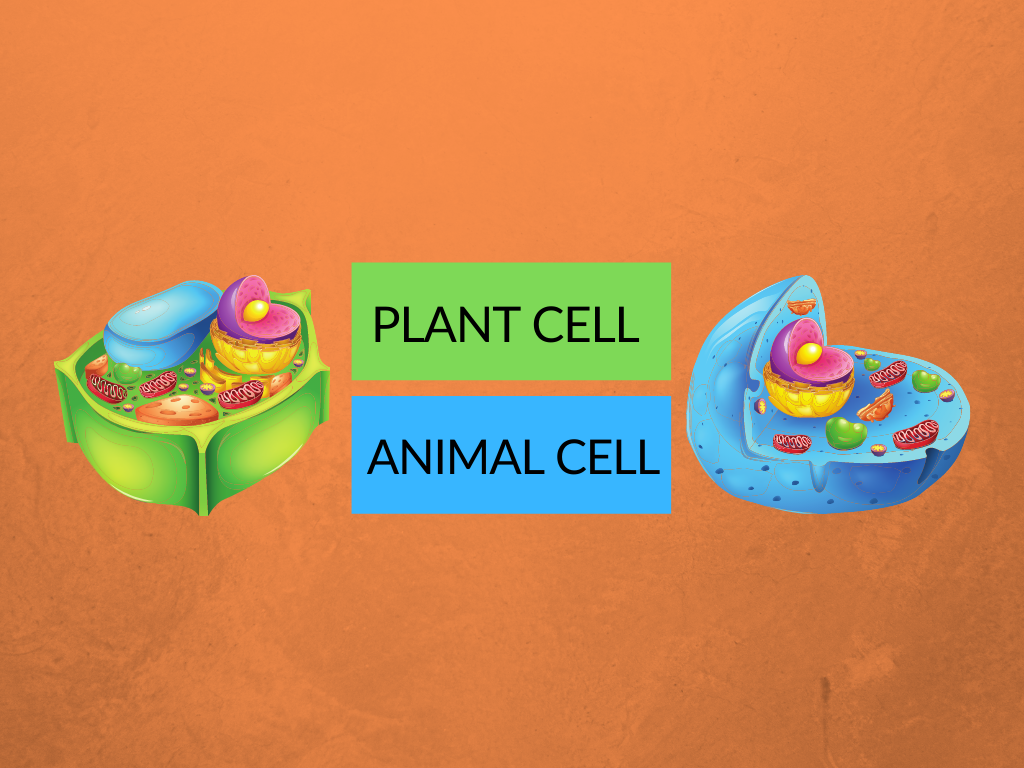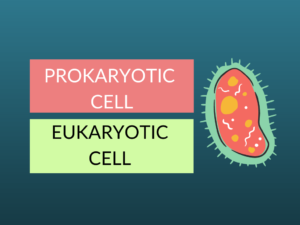Plant cells and Animal cells are two different but they are eukaryotic. They have a defined nucleus and other membrane-surrounded organelles. However, they also have some fundamental Difference between Plant Cell and Animal Cell are detailed here.
What is a Plant cell?
Plant cells are also known as eukaryotic cells present in green plants and photosynthetic eukaryotes of the Plantae kingdom. The Plantae kingdom has some distinctive features include the primary cell walls containing cellulose, hemicellulose, and pectin, and also the presence of plastids which has a capability to perform photosynthesis and store starch, a big vacuole that regulates the turgor pressure, and the absence of flagella or centrioles except in the gametes, and a method of cell division involving the formation of a cell plate that separates daughter cells.
The plant cell is the basic unit of all the plants, they are eukaryotic, which means they have a membrane-bound nucleus and organelles. Plant cells have a cell wall that bounded the cell membrane. The cell wall contains a multitude of functions on which the plant life depends on. Plant cell walls are the combination of cellulose, which make them separate from the other organisms with cell walls, such as bacteria and fungi
What is animal cell?
Animal cells are eukaryotic cells, circled by a plasma membrane and also containing membrane-bound nuclei and organelles. Animal cells do not have a cell wall as the eukaryotic cells of plants and fungi possess. This feature was lost in the distant past by the single-celled organisms that gave rise to the kingdom Animalia. Most cells, both animal and plant, range in size between 1 and 100 micrometers and are thus visible only with the aid of a microscope.
The animal kingdom is one of the unique among all the eukaryotic organisms as most animal tissues are bound together in an extracellular matrix by a triple helix protein known as collagen. Plant and fungal cells are surrounds together in the tissues by other molecules, such as pectin. The fact that no other organisms utilize collagen in this manner is one of the indications that all animals arose from a common unicellular ancestor.
Difference Between Plant Cell and Animal Cell
| Plant Cell | Animal Cell |
|---|---|
| Plant cells are those also known as eukaryotic cells present in green plants and photosynthetic eukaryotes of the Plantae kingdom. | Animal cells are eukaryotic cell, circled by plasma membrane and also containing membrane-bound nucleus and organelles. |
| Cell Wall | |
| Cell wall is present | Cell wall is absent |
| Shape | |
| A plant cell is in rectangular shape and it is fixed | An animal cell is in rectangular and round shape |
| Vacuole | |
| it has one and large central vacuole | It has one or more small vacuoles |
| Chloroplast | |
| A plant cell has a chloroplast | An animal cell doesn’t have chloroplasts |
| Lysosomes | |
| Lysosomes usually not evident | Lysosomes occur in the cytoplasm |
| Centrosome | |
| Plant cell doesn’t contain centrosome | Animal has centrosome |
| Size | |
| Plant cells are large in size | Animal cells are small in size |
| Glyoxysomes | |
| Plant cell composed glyoxysomes | Animal cell consists of lysosomes |
| Food | |
| Plant cell can prepare their own food | Animal cells cant prepare their own food because they doesn’t have chloroplasts |
Conclusion
Therefore, we can understand Difference Between Plant Cell and Animal Cell as the nimal cells are eukaryotic cells, circled by a plasma membrane and also containing membrane-bound nuclei and organelles. Animal cells do not have a cell wall as the eukaryotic cells of plants and fungi possess and Plant cells are also known as eukaryotic cells present in green plants and photosynthetic eukaryotes of the Plantae kingdom.
More Related Readings
Difference Between Antigen and Antibody
Difference Between Bacteria and Fungi




